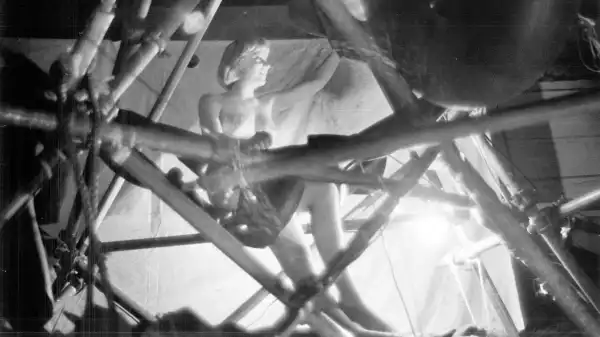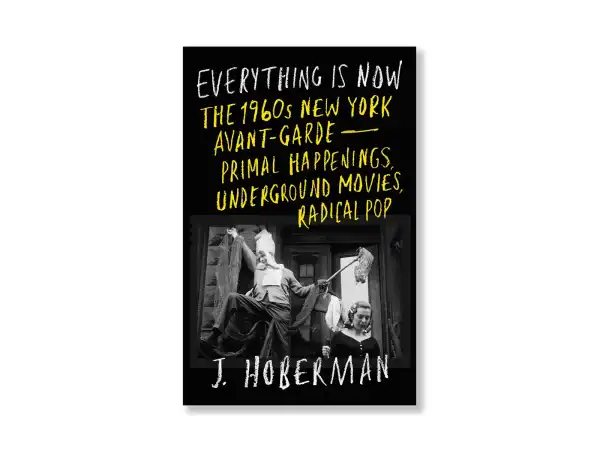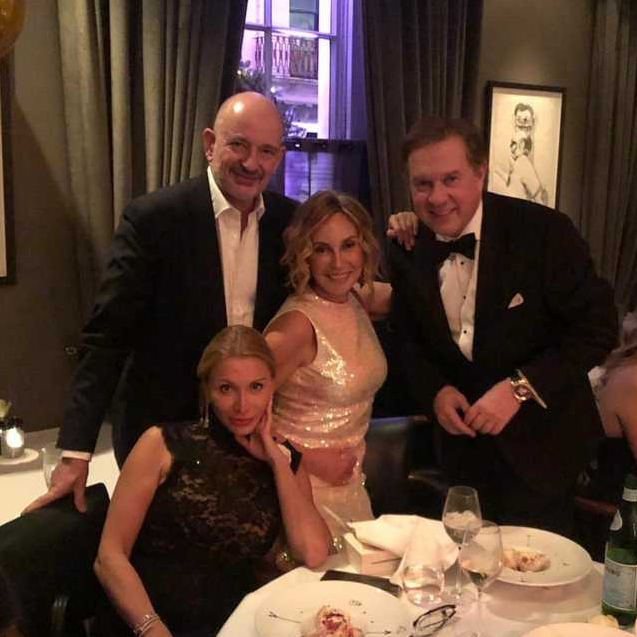
Save this storySave this storySave this storySave this story
Film critic and cultural historian J. Hoberman’s new book, Everything Now: The New York Avant-Garde of the 1960s—Primal Events, Underground Cinema, Radical Pop, is as joyful as its subtitle. It’s a surprisingly slow read—and I say this with unbridled excitement. I can’t think of a recent book that packs so much information so tightly, or in which the compression of extensive research has resulted in such relentless ricochets of associations, connections, and allusions. While its combination of investigative reporting, deep analysis, and sharp critical judgment might suggest a straightforward documentary style, the work is an exercise in obsession and devotion that finds a distinctive and original form—a feverish thirst for information—for its passionate archivism.
Hoberman, born in 1949, grew up in Queens and visited Manhattan frequently as a teenager. In the course of his narrative, he sometimes returns, like a historian, to events he himself witnessed, and even to one in which he participated. The last sentence of Everything Is Now — forgive the spoiler — where he refers to “this book, which I consider a memoir, though not my own,” is a witty, poetic, and philosophical expression of the paradoxically personal yet impersonal ambition that fuels the project. The ideal of collective memory is at the very core of Hoberman’s research. As the Village Voice’s film critic from 1978 to 2012, he openly acknowledges the significant role that landmark weekly and other publications played in his investigations: “To write this book, I not only interviewed witnesses and participants, but also studied virtually every issue of the Voice from late 1958 to early 1972, as well as most of the East Village Other, Rat, and New York Free Press.” The result is a kind of quotable history that brings to life the turbulent artistic movement of the time and many of the era’s key voices.

Cover of J. Hoberman's new book, Everything Is Now: The New York Avant-Garde of the 1960s – Primitive Events, Underground Cinema, Radical Pop Music.
The characters who populate Everything Now are an extraordinary cast. Reading the book feels like you’ve spent a decade navigating the city with a dazzling group of companions, and readers are likely to emerge from the kaleidoscopic swirl with their own highlights and preferences. The book suggests that what broke through the veils of decorum of previous eras at this time was an expression of the desire to be oneself in public – or, alternatively, to create a public image in one’s own self-defined style. Hoberman describes Manhattan in the sixties as a media world: the art scene that emerged was inextricably linked to the way the media portrayed and amplified it, and to the talents of the artists and others who could command media attention. It chronicles a performative decade in which the image collided with reality, merged with it, became an integral part of reality, but still did not control it – because the metaphors of power were not themselves power, and the images of power were not power. Thus, Everything Is Now is also a political chronicle.
Hoberman's report traces how the city's cultural life has been transformed
Sourse: newyorker.com






